The Renner-Brenner Site Park
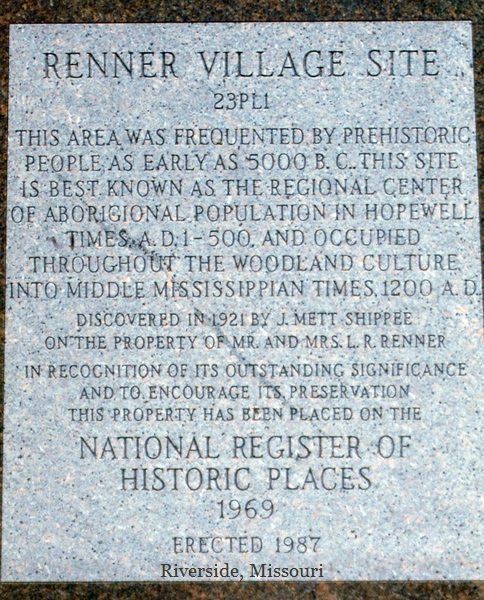

This site is not financially associated with the City of Riverside or any other funding, other than your donations. This is a privately owned sited by Gary Brenner for everyone.

When you donate, please make a note on the donation form that this is for archaeology.
You can search this site here. Fill in the blank line with your search, then hit the Google Search bar and it will bring up what it can find here.
Wedel
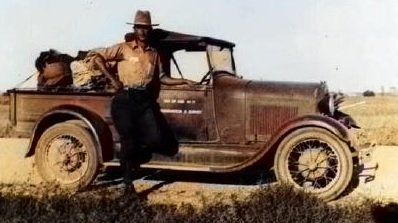

Waldo Wedel
Born in September 10, 1908, in North Newton. As a young man, he chose archaeology as a profession at a time when those making a living as archaeologists made up a very small group indeed. He, in fact, received the first anthropology degree with an emphasis in archaeology ever awarded by the University of California at Berkeley. Waldo Wedel became one of the most preeminent archaeologists of the 20th century, specializing in the archaeology of the central plains. He is best known for his many professional accomplishments and long list of significant publications contributed during his career at the Smithsonian Institution in Washington, D.C.
In 1932 Wedel went to the University of California, Berkeley for his Ph.D. He studied under Strong's mentor Alfred L. Kroeber. While at Berkeley, Kroeber steered Wedel into conducting ethnographic research with the Comanche. Wedel's interest at the time, however, was leaning toward studying the effects that climate had on prehistoric populations. He was influenced by the fact that the dust bowl was occurring in the Midwest. In particular, he was interested in studying the effects of similar droughts on prehistoric people. Kroeber discouraged this subject, so Wedel pursued his interests under geographer Carl Sauer. In 1936 Wedel was the first person to receive a Ph.D. in anthropology with a specialization in archaeology from Berkeley.
Shippee's Request
There isn't any copy of Shippee's letter sent to Wedel, but we know it was sent prior to February 1937, requesting the National Museum to send someone to investigate the Renner site. It is believed he sent several letters between 1921 and 1937.
In February of 1937, the National Museum answered Shippee's letter that they would send the new graduate, Waldo Wedel that summer.
Upon meeting Shippee, Wedel would treat him as a very good amateur--which is what he was. It was through the few weeks that Wedel would learn much more from Shippee's knowledge.
Wedel, 1943

WEDEL'S RESPONSE TO SHIPPEE
By Dr. Wedel*
Superficially, the site has been hunted over intermittently for a number of years but seems not to have been reported prior to our investigations in 1937. I received no mention by Fowke (1910, pp. 65-75) or his predecessors who opened a number of burial mounds on the bluffs to the easy, across Line Creek, in 1907 and previously. That antiquities were plentiful underground as well as above, and that systematic excavation on the terrace would be eminently worthwhile, apparently was not realized until the recent pipeline and highway cuts were put through. It was these activities that led J. M. Shippee, of North Kansas city, in February 1937 to notify first the Bureau of American Ethnology and subsequently, at more length, the National Museum. Fortunately, there had been no previous digging for relics here because of the enlightened attitude of the present owners.
WEDEL'S PRELIMINARY WORK
AND PLANS (Wedel: 1943)
Wedel had arrived a few days before Slattery and the rest of his team and had began working with the Renner's on their site history and working on a plan.
Wedel studied all open cuts, new and old through the site as well as surface distribution of village debris (from recent plowing). From the new Vivion road cut, he was able to note the depth of concentration.
His evidence concluded the best site plan was just north of the house, just outside of the chicken yard and this would cause little damage to the crops.
A datum point was established (which was about 20 feet north of the east side of the house), for a excavation to be 150 feet north with all grids in five foot squares. Grid numbers were given north and either east or west designations. North numbers were in feet and east and west numbers were in five foot blocks. So, a particular artifact he recovered might bear the recording of 145W2. This means it was 145 feet north of the datum and 10 feet west of that line.
Later, Roedl and Howard and Brenner would use the same datum point and numbering system.
FIELD TRIP DIARY - SUMMER, 1937
by Richard G. Slattery
Reproduced from The Kansas City Archaeologist, Special Bulletin No. 3
In 1937, Dick Slattery, along with two fellow archaeological crew members, traveled to Kansas City from Washington, D.D. They had been hired by the Smithsonian Institution to excavate in the institution's field camp in Riverside, Platte County, Missouri. Slattery's diary describes the trip to Missouri and the excavation of the Renner site (23PL1), the type site for the Kansas City Hopewell complex. This important site provided the data for Wedel (1943) to identify and describe this Woodland cultural component (A.D. 1 to A.D. 650). Wedel and his crew obtained the information by which later Kansas City Hopewell excavations are compared. Slattery's diary, photographs, and drawings (which follow) provide a primary perspective on this segment of Kansas City's archaeological history.
June 1, 1937. Tuesday
Kenneth Orr, Hugh Stabler and I left Washington, D.C., in my car. Drove all that day from about 10:30 A.M. up until 10:30 P.M. when we arrived in Columbus, Ohio. Spent one hour and a half in locating my uncle's house situated in the suburbs. Our hunt ended at twelve, midnight. My relatives welcomed us in the best of spirits despite the hour of our intrusion. Spent the night there.
June 2, 1937. Wednesday
We got up at 6:00 A.M., ate a fine breakfast and, after bidding good-bye to relatives, we left for the West. All went well until we reached Indianapolis where my cold, which I had at the start, developed to a point where I was quite sick. Ken took over most of the driving for the day. We encountered a severe thunderstorm some miles outside of the above-mentioned city, which delayed us considerably. We proceeded on towards Rock Island, [Illinois], where Ken wished to see an old friend. Some twenty miles outside of this city we stopped at a filling station where Ken made an unsuccessful call to his party. I was feeling quite dismal at this point. The lady at the station gave me some medicine which helped my condition considerably. At about 9:30 P.M. we proceeded towards Rock Island. Upon our arrival I stopped for the night in a tourist home while Hugh and Ken proceeded on to their destination in Rock Island.
June 3, 1937. Thursday
Ken and Hugh awakened me at 10:30 A.M. I was much improved. We then ate in the city. After breakfast we proceeded with no hardships until we reached Fairfield, Iowa, some 150 miles south of Rock Island. At this point in the center of town we snapped our right rear axle at a traffic light (2:30 P.M.). We were pushed to a garage where the car was immediately worked on. In the meantime, we procured a room in a nearby hotel for the oncoming night. The car was ready at five P.M. We then did a brief amount of unsuccessful scouting along a creek some two miles east of the city. We spent a good night at our hotel, after seeing a show.
June 4, 1937. Friday
At 9:30 A.M. we had breakfast in Fairfield and started afresh toward our destination (Kansas City, Mo.). Some 70 miles south of Fairfield we had the severe misfortune to snap our right rear axle while on a level piece of highway some nine miles from the nearest town. A towing car was called from Carliton (sic) and we retraced our steps nine miles. We then spent several more hours waiting on the second axle job (net cost $14.00). We got away once more by 3:00 P.M. We found Dr. Wedel and Gus [Kivitt], our cook, had nearly given us up. After the usual run of hellos we set up our cots and went to bed for the first time in our new camp, a small frame house abandoned by several radio operators of a nearby airport (fig 1).
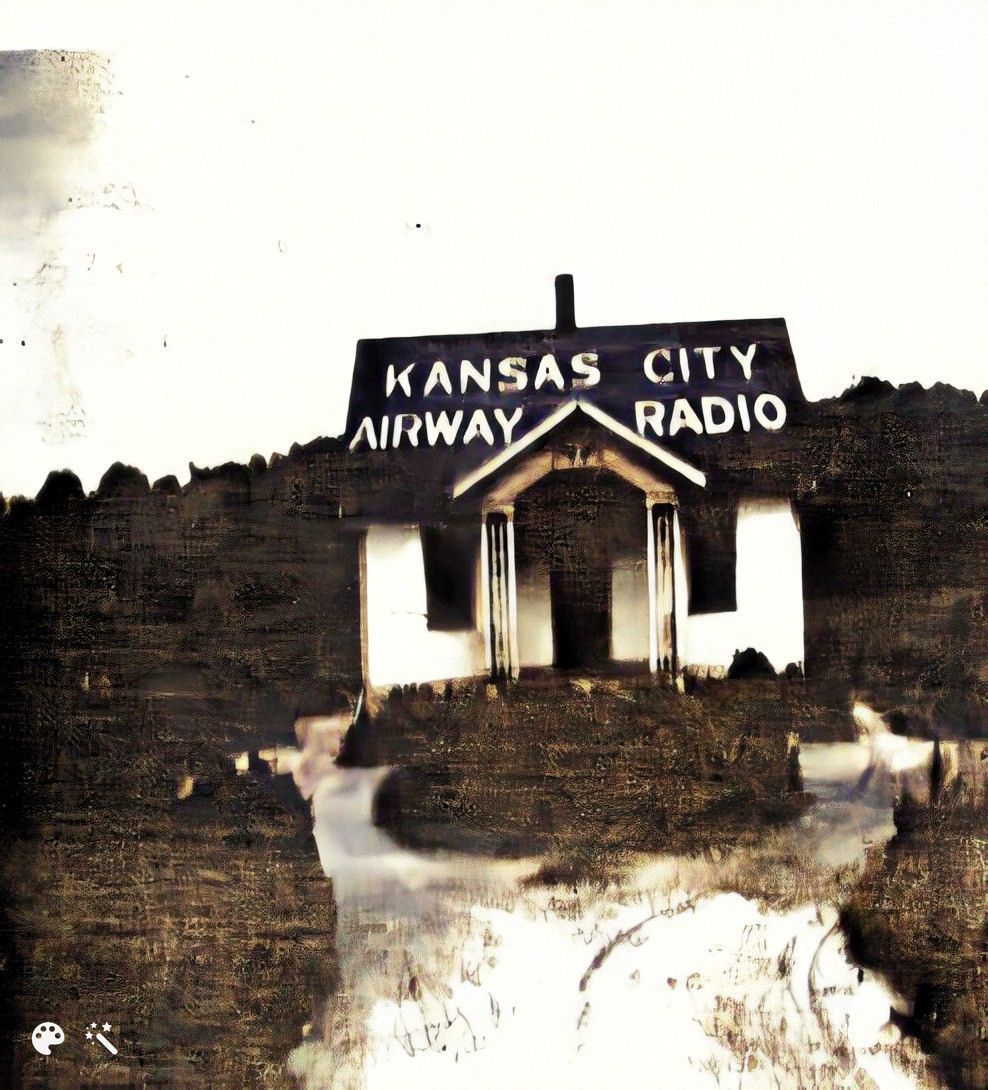
Figure 1.
RENNER SITE
June 5, 1937. Saturday
We got the layout of the site and surrounding fields before the digging was begun. The present proposed excavations are centered in a chicken yard directly behind the house of Leslie Renner, a well-to-do businessman. Our first excavations was done in the company of Professors Wrench and Berry of the University of Missouri and several local collectors. We each were assigned to five-foot squares along a proposed trench to represent our base line, which was to run north to south along the east side of this chicken yard. In square #75 I recovered a possible restorable bowl representing strongly the influence of Hopewell culture. The rim is a narrow band of cross-hatching with an encircled band of indentations. Below this is a broad band which is left blank. Beneath this the body was alternating areas of rocker decoration and blank spaces. The tempering is fine grit or sand which is most abundant on this site. Out of this same pit I excavated a flint knife some 6: long and a blade portion of a celt. Gus uncovered several pits in Squares #110, #105, #110-W2. The soil in these pits seem to contain a richer mixture than the above village level. The pit walls appear only when contrasted against the subsoil. No indications of a pit are visible above this level. Several bone objects were excavated by our visitors in Squares #135 W4 and W5. These included two imperfect beaming tools, fashioned from a tibia of a deer, and two bones chippers or hammers. [Figure 2 shows the plan of the completed Smithsonian excavation.]

Figure 2.
June 6, 1937. Sunday
We boys went over to see the Trowbridge collection which included some very interesting Spiral Mound relics. We hunted in nearby fields after viewing Trowbridge's excavations.
June 7, 1937 Monday
We went to work at 8:00 A.M. and extended the trenches both north and south. Professors Wrench and Berry left us tonight. The usual run of implements including a celt blade and worked antler points were found.
June 8, 1937 Tuesday
We went to work at 8:00 A.M. Further work was done on various sections. Gus spent most of his time on #85 and #85-W1, level 9" to 18". The base line trench is now 30 ft. long and 10 ft. wide. Most of the material seems to be centered near Square #100. Several test pits were dug in a slight rise just across the fence in the potato patch. The tests showed up very well. The material was mixed to a depth of 36". Rain began at 2:00 P.M. and lasted all afternoon.
June 9, 1937. Wednesday
Went to work at 8:00 A.M. on the trench. Due to the rain the work was very disagreeable. Gus finished Squares #85 and #85-W1 and uncovered two pits very close to each other. Gus then worked on Square #45 and on the south. Two pits showed up very plainly in these squares. Dr. Wedel uncovered a possible restorable pot with embossed nodes and coarse cord markings. Approximately ten pits have been uncovered up to this date.
June 10, 1937 Thursday
8:00 A.M. saw us in the field today. Ken and Hugh spent this day in mapping. Gus and I worked in the trenches. I worked on Square #85-W7 and on west. Gus worked from Square #30 to Square #5.
June 11, 1937. Friday
Ken and Hugh are still surveying. I worked on trenches most of the day. Gus and Dr. Wedel laid out a 20 ft. by 60 ft. space in the potato patch prior to excavation. We had worked in the afternoon on filling in trench squares #140 and #145 west to the fence. I dug a small pit in square #140, these extreme point west of the excavation.
June 12, 1937 Saturday
Ken is still surveying. Gus and I excavated pits all morning. Gus excavated Pits #8, #10 and #11. I excavated Pits #7 and #9. My Pit #7 yielded one restorable pot of large proportions, bone, antlers and points. Pit #9 yielded very little except animal bones.
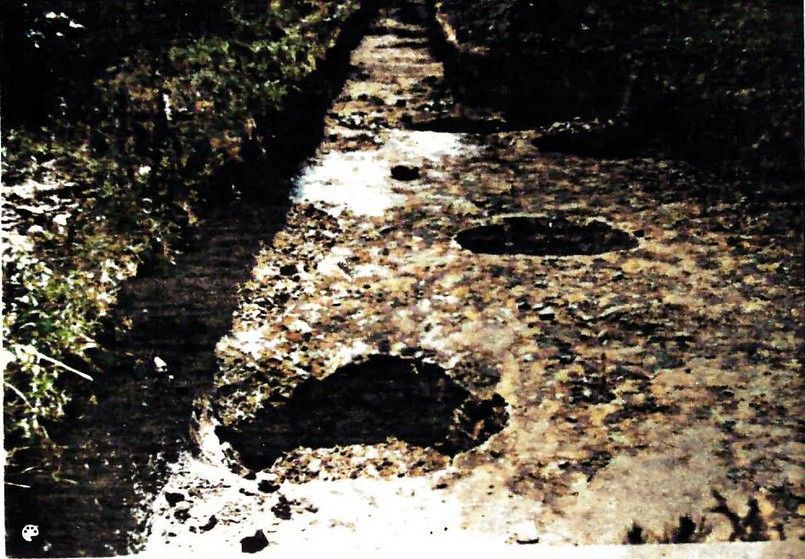
Figure 3. Shows excavated pits along the baseline trench.
June 13, 1937. Sunday
Ken, Hugh and I went swimming at the "Pla-Mor" most of the day.
June 14, 1937. Monday
Went to work at 8:00 A.M. Ken and Hugh worked on pits in the base line trench. Gus and I spent most of the day in the potato patch. Hugh's pit, #12, turned out to be a different type in that it belled out near the bottom. This pit reached a depth of 5' 3" from the surface. Many interesting artifacts were excavated from this cache pit. Some of these were two cup shaped objects, one of pottery and one of stone. These objects were considered problematical. One well-worked hammerstone and one-half portion of a fragmented pot were found. Much bone and wood ashes were also extracted; one-third of a three quarter, polished, grooved axe, typical of this region came from this pit. Ken later worked out Pit #13, finding the usual run of material.
June 15, 1937. Tuesday
Gus and I spent all day in the potato patch. The usual run of material was accompanied by a small copper celt and one small hematite (celt?). I excavated a bone awl at a depth of 15" and one possible restorable pot t a depth of 7".
June 16, 1937. Wednesday
We all four worked in the potato patch today. One portion of an unfired bowl approximately 1 1/2" tall at a depth of 16" was found. I excavated a portion of a beaming tool at a depth of 12" located in square #100-E9. I also excavated a large ceremonial knife blade 10 1/2" long and 3" wide fashioned from brown chert. Pit #17 was excavated, yielding the usual run of materials. Today several pumice stones were found and one cluster of clam shells were excavated in this area. We are throwing dirt directly behind us as we advance, piling our dirt near the center to leave the walls exposed for photographing. Directly under the village level at a depth of 18" hard yellow subsoil is found. The excavations to the east seem to resemble those to the west.
June 17, 1937. Thursday
Pit #18 was excavated today in the 20 ft. strip east of the base line in Square #95-E8. Usual run of material plus a few worked bone artifacts were uncovered. Dr. Wedel and I dug Pit #19 in the road bed. (Usual run of material)
June 18, 1937. Friday
The trenches ran deeper today as we worked west, the material now reaching a depth of 27". Ken dug Pit #20 today.
June 19, 1937. Saturday
Went to work at 7:00 A.M. this morning. Work was done on Pit #21. A large grooved axe from the road bed was donated to us by the construction crew. Pit #22 was worked out today by Ken. Usual run of material. I worked out Pit #23. In the evening Hugh, Ken & I went to theatre to see Calloway & orchestra - very good.
June 20, 1937. Sunday
Spent most of the day around camp. In afternoon we went over Shippee's for a visit.
June 21, 1937. Monday
Pit #25 was excavated by Gus today. The rest of us worked on squares in the potato patch.
June 22, 1937. Tuesday
I worked on Square #100-E2 and started Pit #26.
June 23, 1937. Wednesday
Dr. Wedel and Gus went to Doniphan, Kansas, to look things over. Mr. A.T. Hill, from Nebraska, arrived shortly after they left. We boys worked on the last squares of the potato patch. I worked out Pit #26.
June 24, 1937. Thursday
We all worked on alternate squares in E1 today. Mr. Shippee worked with us. Several pits were uncovered, with the usual run of material excavated plus additional bone artifacts. We wend to Shippee's for a grand supper. ( I ate too much.)
June 15, 1937. Friday
The undug squares in E1 were dug. [fig. 5] Dr. Wedel took some air pictures and the ride made him sick. I was somewhat sick with him (from last night).

Figure 5.
June 26, 1937. Saturday
Saturday morning we worked. Saturday afternoon we all went to the race track (Dr. Wedel's treat). Saturday night we went to a picnic given by the Shippee's. We later went to a barbershop in the city. At 8:30 P.M. we went to a swell show at Fifth and Walnut Streets (Burlesque).
June 27, 1937. Sunday
Entertained visitors most of the day. I washed clothes in the afternoon.
June 28, 1937. Monday
Filled in all day. Finished our work at 5:30 P.M.
June 29, 1937. Tuesday
Cataloged specimens all morning until 1:30 P.M. At 2:00 P.M. I went to the city to get a paper. Packed all the rest of the afternoon.
June 30, 1937. Wednesday
Dr. Wedel returned key to owner. Left Renner site at 9:30 A.M. Ate breakfast in Parkville, MO. Arrived at Doniphan at 1:30 P.M. Set up camp all afternoon.
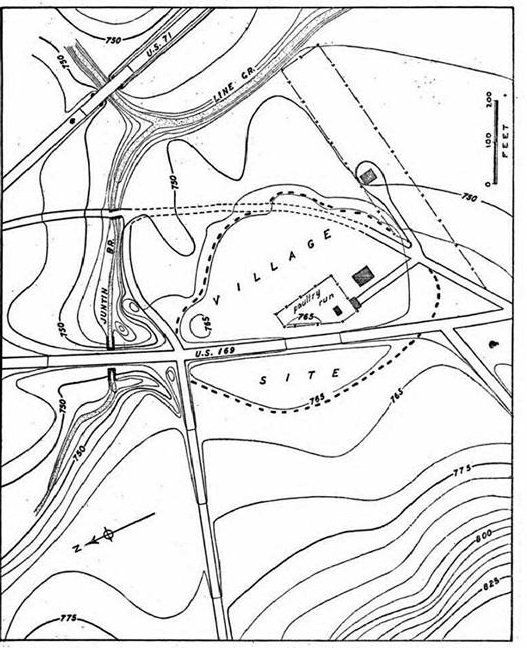
1937
WEDEL'S TEAM AT THE RENNER SITE
Kenneth Orr, Paul Cooper, A.T. Hill, Waldo Wedel, Marvin Kivitt and Hugh Stabler
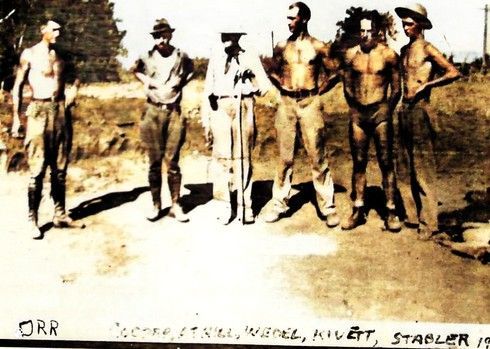
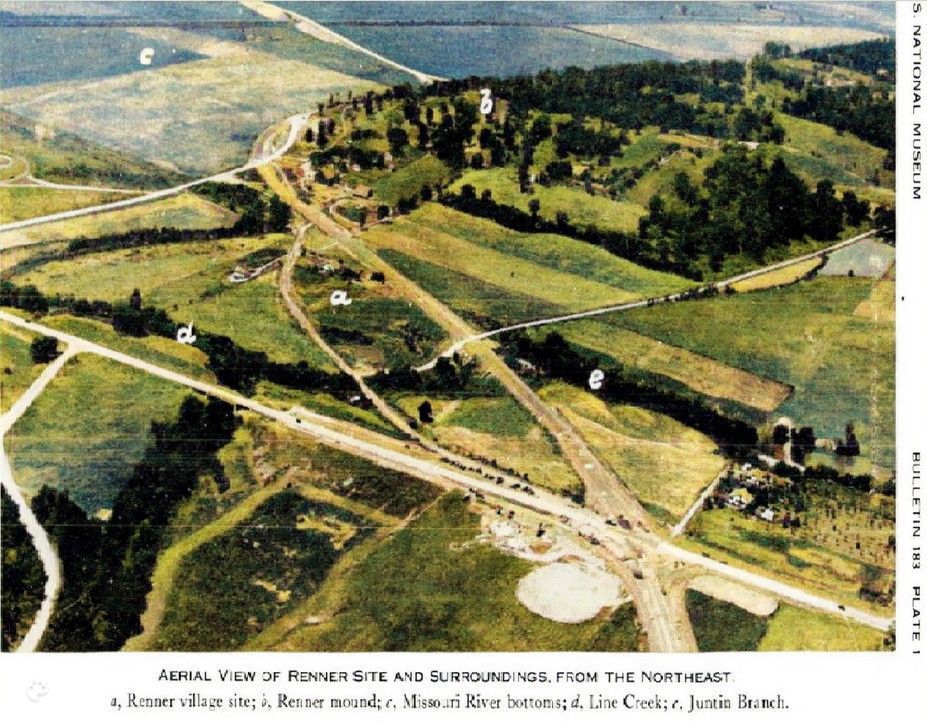
Then and now photo comparison.
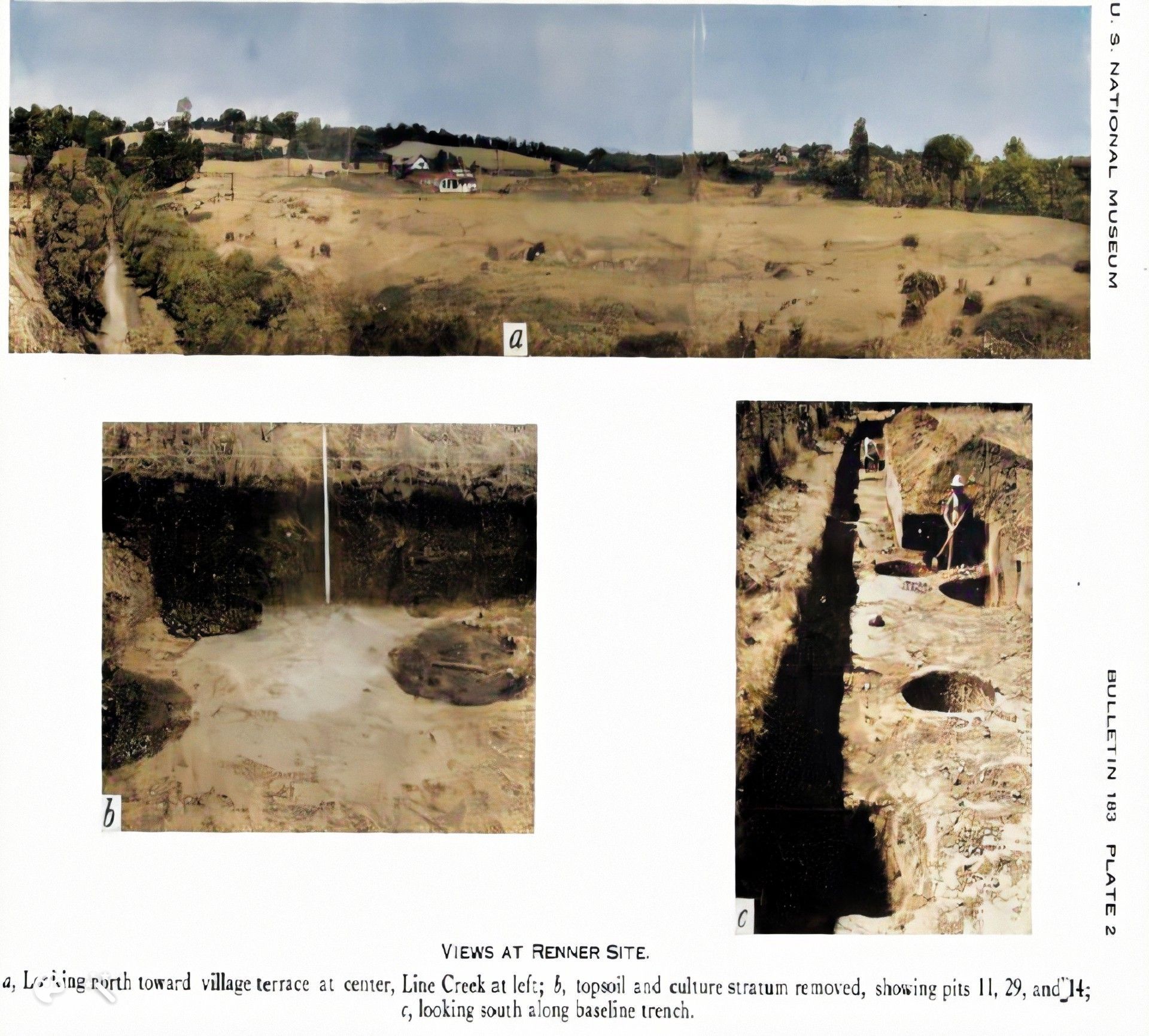
Below is a view of Wedel's artifact catalog for Renner.
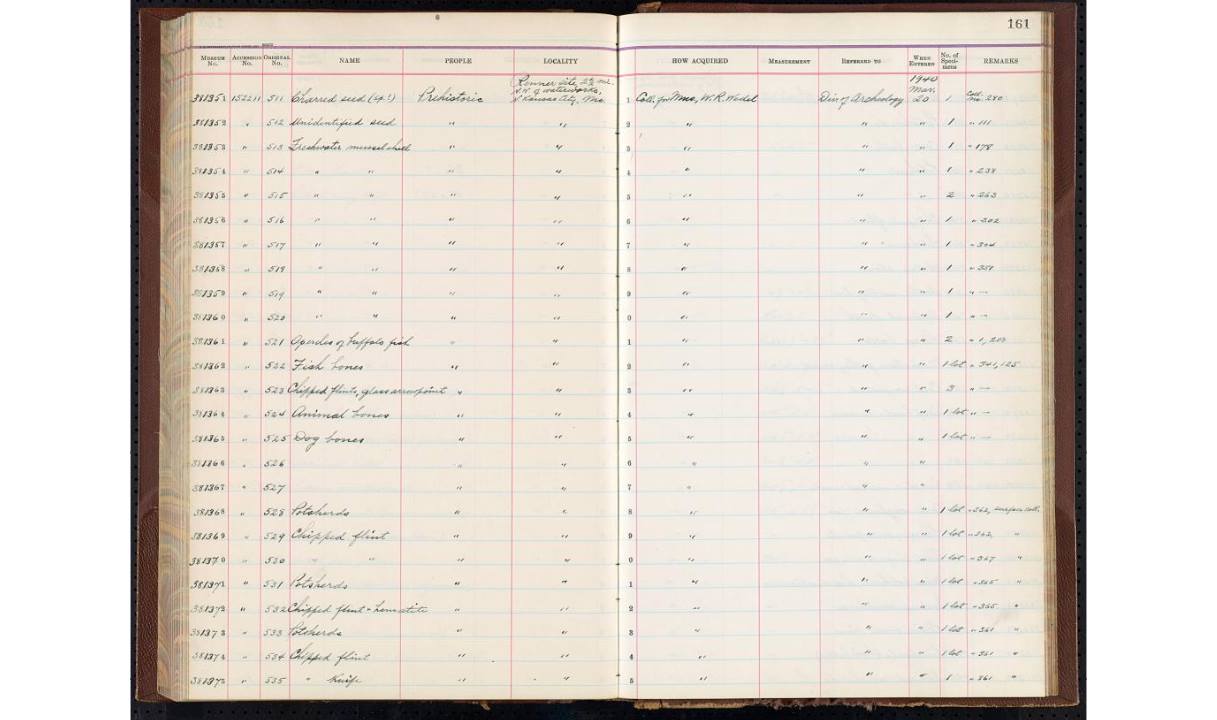
In 1936 The Great Lakes Pipeline Company ran a set of large lines through the Renner site. They have about a 25' easement. At this same time, Vivion road was being constructed where the old road was on the east side of the site. There are some published notes I'll try to find where Shippee discusses his attempts at salvaging what he could during that.
What is most important about Wedel's plan of archaeology, was setting up a datum point where this same point was used by Roedl & Howard and Gary Brenner.
Wedel, Waldo*
1943 Archaeological Investigations in Platte and Clay Counties, Missouri. United States National Museum, Bul. 183,Smithsonian Institution, Washington, D.C.1959 An Introduction to Kansas Archaeology. Smithsonian Institution, Bureau of American Ethnology, Bul. 174,Washington, D.C.
People, This page isn't funded by any University, city or organization. It is totally funded by Gary Brenner. Please take a moment to donate anything. The link is through Paypal and goes to my kclongrangeweather Paypal donation account under my wife's name, Karen Brenner. I will respond to every donation.
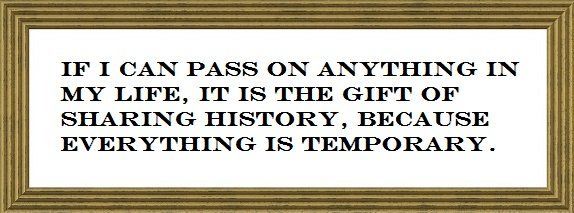
Contact Details
m80dadfireworks@aol.com
My Other Websites:
© 2024
All Rights Reserved | Gary D. Brenner